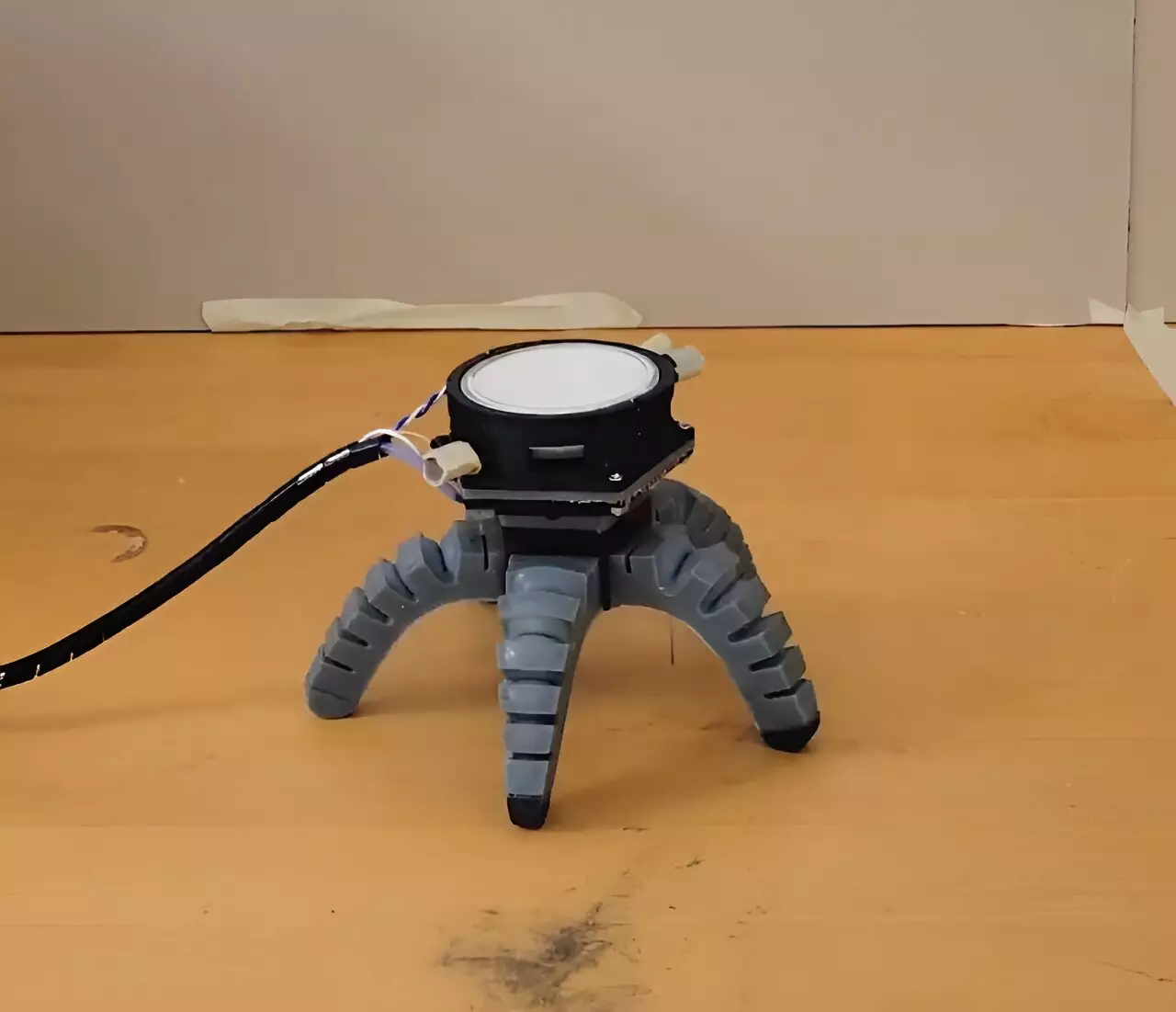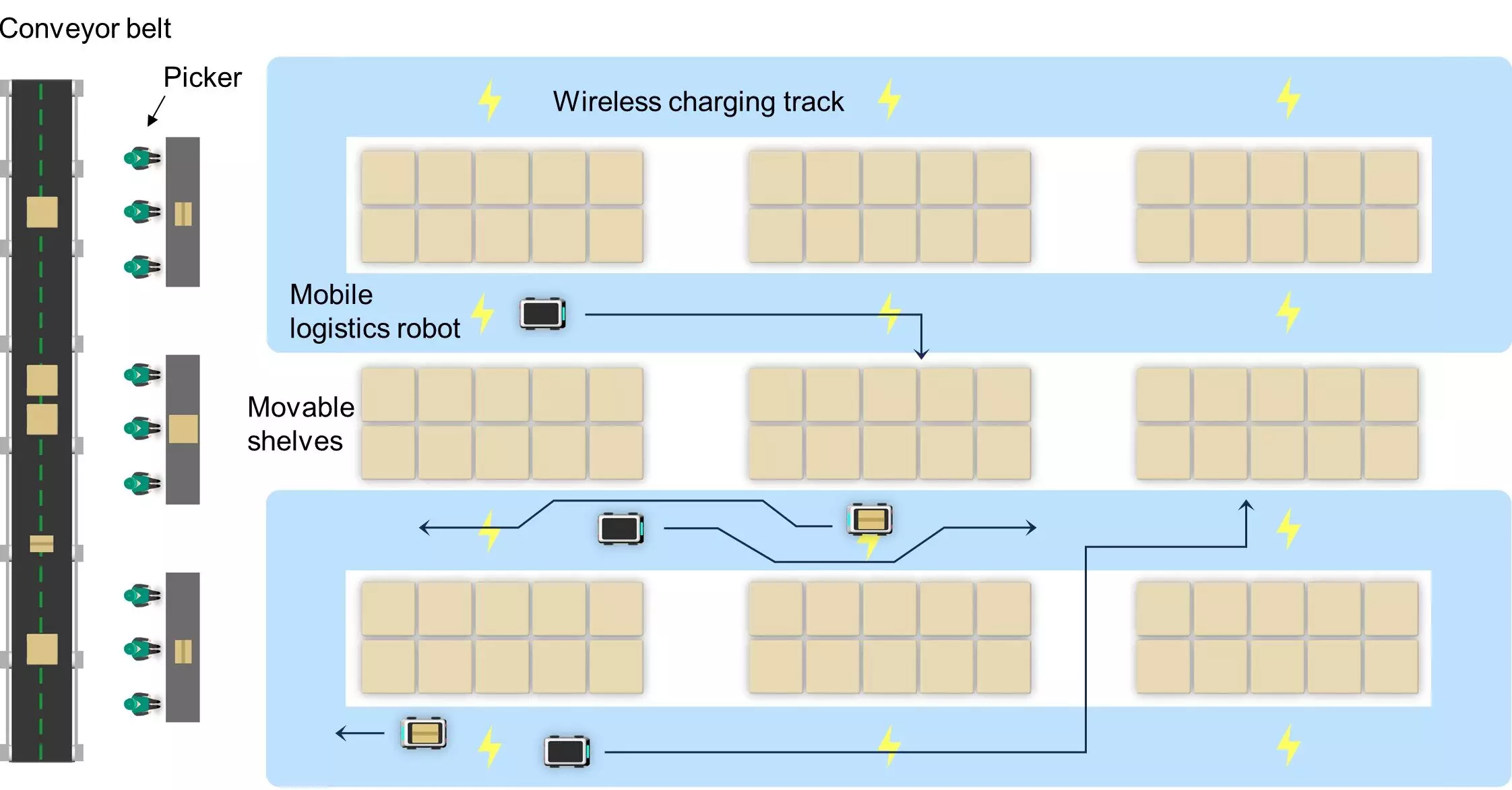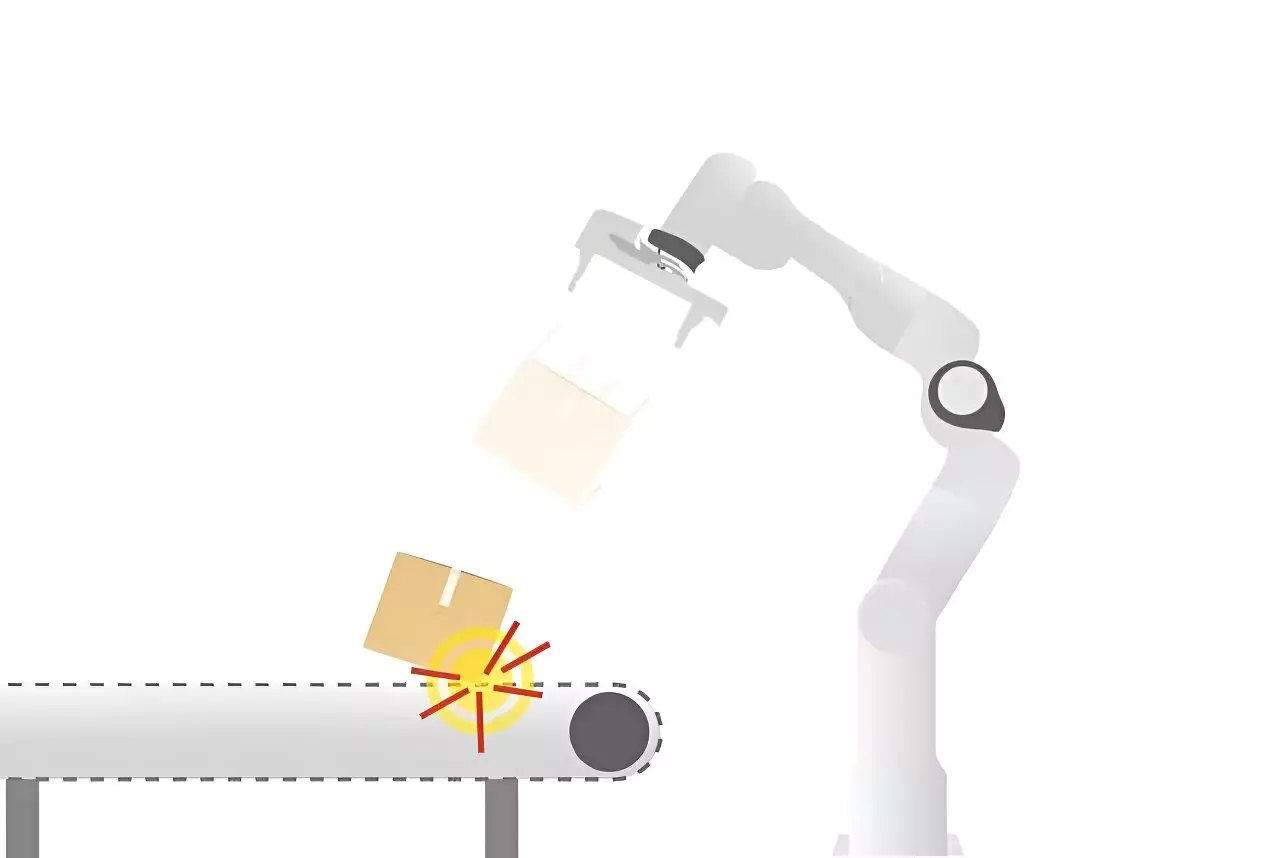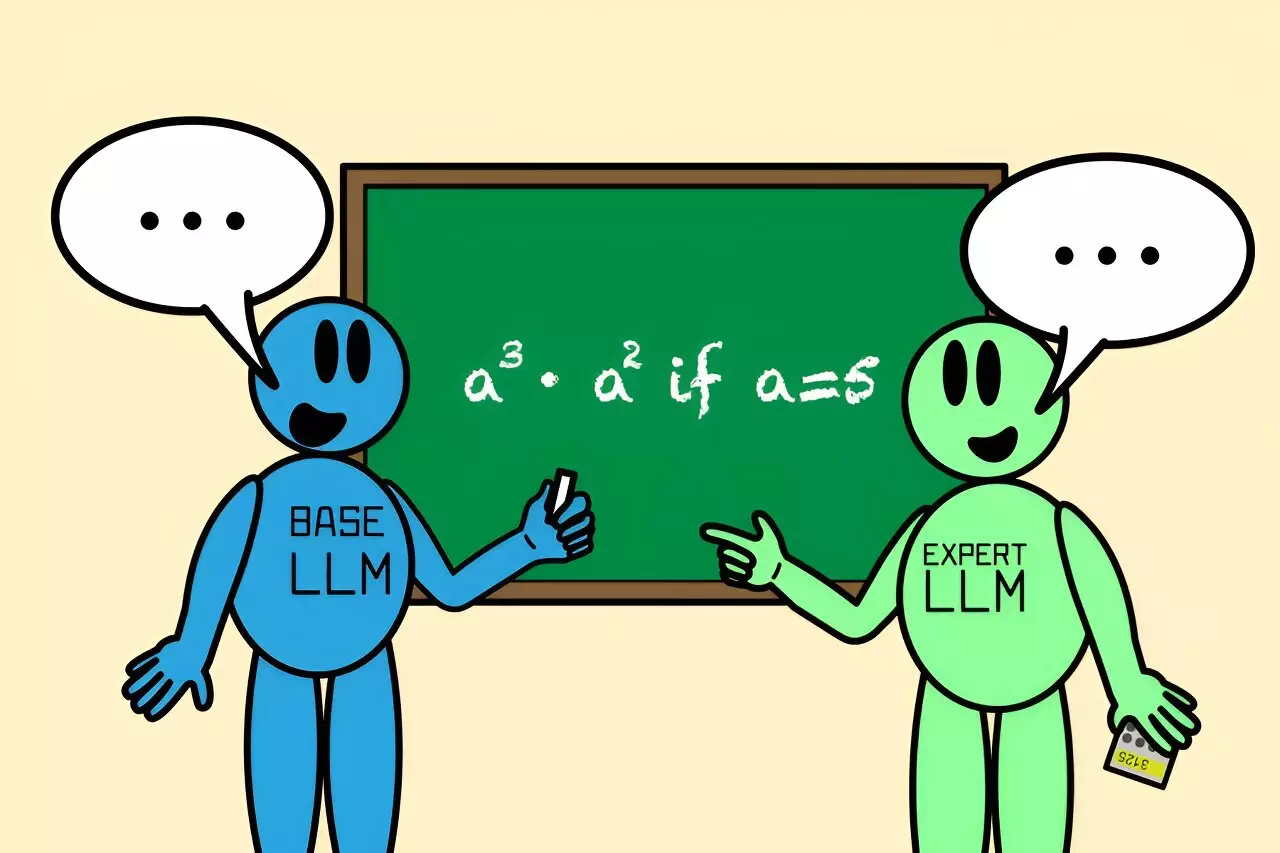The Unlikely Fusion of Robotics and Mycology: How Fungal Mycelia are Shaping the Future of Biohybrid Robotics

In a groundbreaking intersection of biology and robotics, researchers from Cornell University have launched an innovative exploration into the world of biohybrid robots—machines that integrate living organisms to enhance their capabilities. This exploration, led by Anand Mishra in collaboration with a team spanning various disciplines, focuses on utilizing the electrical signaling properties of fungal mycelia to develop robots that can respond to their environments in ways that traditional machines cannot. Their findings, recently published in the journal Science Robotics, unveil the exciting potential of living materials in robotics.
Fungal mycelia, the intricate underground networks that serve as the vegetative part of fungi, are proving to be an unexpected ally in the quest for more advanced robotics. Unlike traditional synthetic sensors, which are designed for specific tasks, mycelia possess adaptive capabilities that allow them to detect and respond to a variety of stimuli in their environment, ranging from chemical signals to physical touch. This versatility highlights a fundamental difference between living systems and man-made devices. Mishra articulates this advantage well: “Living systems respond to touch, they respond to light, they respond to heat, they respond to even some unknowns.” The inherent complexity and responsiveness of mycelia present a model that could redefine how robots interact with their surroundings.








